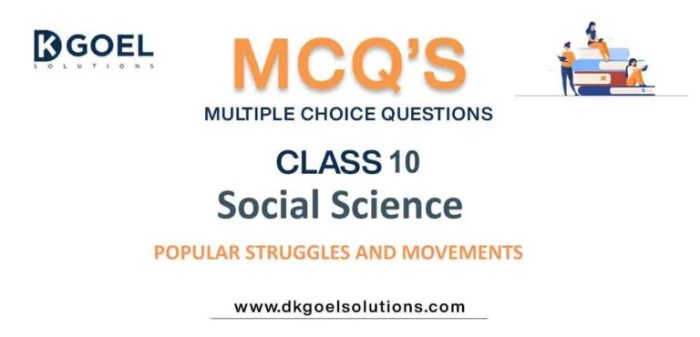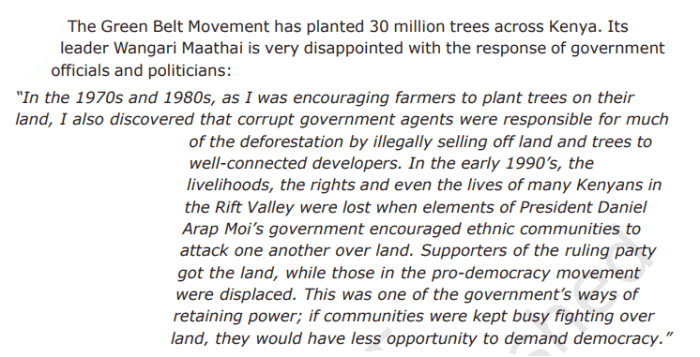Topic 3.10 social movements and equal protection answer key – Embarking on topic 3.10: Social Movements and Equal Protection Answer Key, this exploration delves into the intricate relationship between collective action and the pursuit of equal protection under the law. From historical milestones to contemporary strategies, this comprehensive guide unravels the multifaceted nature of social movements and their profound impact on shaping a more just and equitable society.
Throughout this discourse, we will examine the legal framework that underpins equal protection, exploring the various levels of scrutiny employed by courts in evaluating claims of discrimination. Moreover, we will delve into the concept of intersectionality, recognizing the interconnected nature of social identities and its implications for social movements.
3.10 Social Movements and Equal Protection

Social movements play a crucial role in advocating for equal protection under the law. They mobilize individuals and groups to challenge existing power structures and demand legal and social reforms that promote equality and justice for all. Social movements have been instrumental in shaping equal protection laws throughout history, from the civil rights movement to the LGBTQ+ rights movement.
Legal Framework for Equal Protection
The concept of equal protection under the law is enshrined in the Equal Protection Clause of the Fourteenth Amendment to the U.S. Constitution. It prohibits states from denying any person “within its jurisdiction the equal protection of the laws.” Courts use different levels of scrutiny to evaluate equal protection claims, depending on the nature of the classification or distinction being challenged.
Intersectionality and Social Movements
Intersectionality is a framework that recognizes the interconnected nature of different forms of oppression and discrimination. It acknowledges that individuals may experience multiple forms of discrimination based on their race, gender, sexual orientation, socioeconomic status, and other factors. Social movements that adopt an intersectional approach can effectively address the unique challenges faced by marginalized communities.
Strategies for Social Movements, Topic 3.10 social movements and equal protection answer key
Social movements employ a variety of strategies to advocate for equal protection, including:
- Protests and demonstrations
- Lobbying and legislative advocacy
- Public education and awareness campaigns
- Legal challenges and litigation
- Community organizing and grassroots mobilization
Challenges and Obstacles
Social movements face numerous challenges and obstacles in their pursuit of equal protection, including:
- Political resistance from those who benefit from the status quo
- Lack of resources and funding
- Media bias and misinformation
- Violence and intimidation against activists
Future Directions for Social Movements
Emerging trends and future directions for social movements advocating for equal protection include:
- Increased use of technology and social media for mobilization and communication
- Focus on intersectionality and the interconnectedness of different forms of oppression
- Emphasis on building broad coalitions and alliances across diverse communities
- Continued efforts to address systemic racism and economic inequality
Questions Often Asked: Topic 3.10 Social Movements And Equal Protection Answer Key
What is the significance of social movements in the pursuit of equal protection?
Social movements play a pivotal role in raising awareness, mobilizing public support, and pressuring policymakers to enact and enforce laws that protect the rights of marginalized groups.
How does the concept of intersectionality inform social movements for equal protection?
Intersectionality recognizes that individuals often experience multiple forms of discrimination based on their race, gender, sexual orientation, class, and other social identities. By understanding these intersecting oppressions, social movements can develop more inclusive and effective strategies for advocating for equal protection.
What are some common challenges faced by social movements in their pursuit of equal protection?
Social movements often face resistance from powerful institutions, entrenched biases, and limited resources. Additionally, the legal process can be complex and time-consuming, requiring sustained effort and strategic planning.

